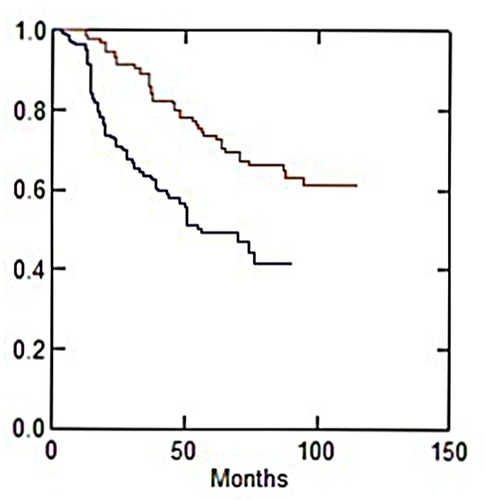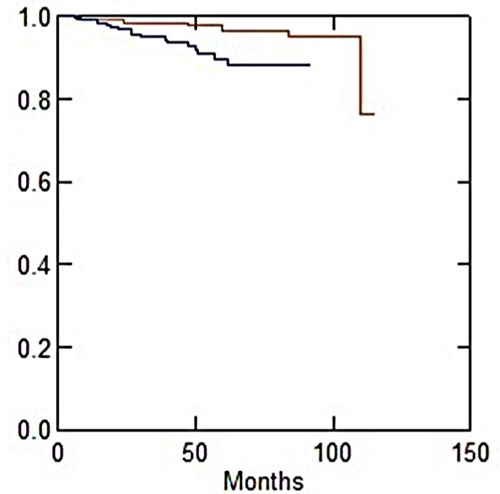Figures & data
Figure 1 Example of the used IMRT technique (forward-planned).
Abbreviations: IMRT, intensity-modulated radiotherapy; WB, whole breast.

Table 1 RTOG/EORTC scale for late toxicity
Table 2 Patients’ characteristics
Table 3 Treatment characteristics
Figure 2 Actuarial grade 1 late subcutaneous toxicity-free survival vs treatment technique.

Figure 3 Actuarial grade 2 late subcutaneous toxicity-free survival vs treatment technique.

Table 4 Univariate analysis of late skin toxicity
Table 5 HRs of G1 and G2 late skin toxicity estimates from Cox proportional-hazards regression models
Table 6 Univariate analysis of late subcutaneous toxicity
Table 7 HRs of G1 and G2 late subcutaneous toxicity estimates from Cox proportional-hazards regression models
